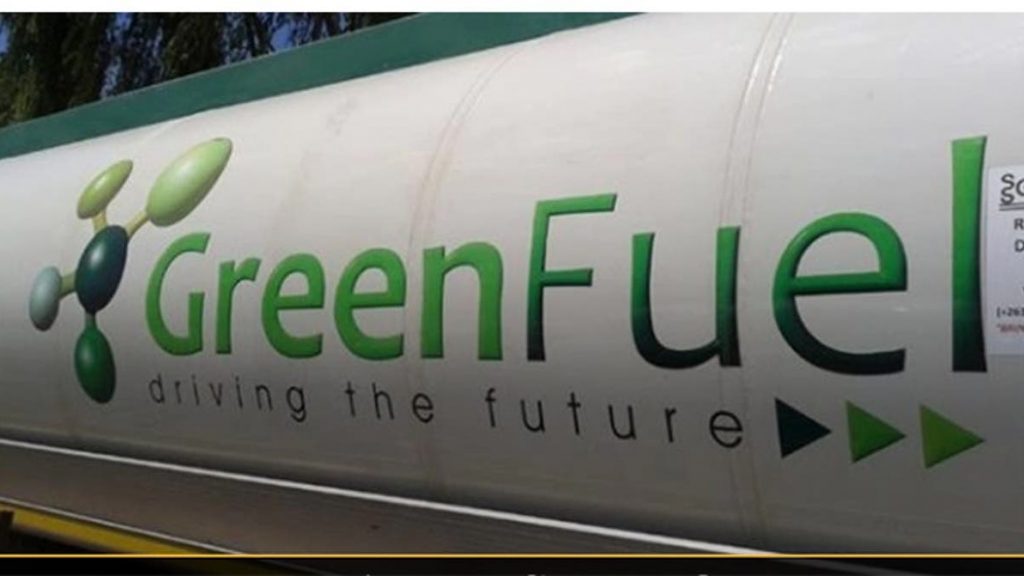In a stride towards reducing greenhouse gas emissions and reliance on imported fossil fuels, the Department of Energy under the Ministry of Energy and Natural Resources launched the National Green Hydrogen Roadmap on July 24, with the target to produce 710 tonnes of green hydrogen fuel annually for domestic consumption by 2030 and 70,000 tonnes by 2050.
Hydrogen, known for its ability to be stored in liquid or gas form, is a clean, versatile, and efficient energy source. It can be produced from renewable resources such as solar, wind, hydro, and biomass, offering a myriad of applications including e-fuel for locomotives, electricity generation, heating, and industrial processes, among others.
According to the Roadmap, venturing into green hydrogen allows Bhutan to capitalise on its competitive renewable electricity costs, enhance energy security, reduce trade imbalances, and create a diverse energy system and maintain carbon neutrality.
A five-megawatt green hydrogen plant will soon be constructed near the Gidakom Mini Power Plant to meet the demands of fuel cell vehicles.
Bhutan aims to establish its first hydrogen export routes by 2030, focusing primarily on Asian markets such as China and India.
Bhutan’s strategic position in South Asia provides access to a large and expanding hydrogen market in the region, states the roadmap.
Globally, about 120 million tonnes of hydrogen is produced, two-third of which is pure hydrogen and one-third mixture form. China produces 24 million tonnes annually, and leads both in production and consumption of hydrogen fuel.
The International Renewable Energy Agency projects that hydrogen could meet 12 percent of global energy demand by 2050, reducing carbon dioxide emissions by 10 percent.
Initially presented at the 28th Conference of Parties on December 5 and as part of Bhutan’s longstanding commitment to carbon neutrality under the United Nations Framework Convention on Climate Change since 1992, the National Green Hydrogen Roadmap reinforces Bhutan’s dedication to sustainable development, food security, human settlements, and surface transportation.
The roadmap outlines the procedures and milestones required to integrate green hydrogen across various sectors, and several challenges, including domestic demand shortages, limited technical expertise, financial constraints, and the need for a robust regulatory framework.
According to a study, Bhutan’s energy consumption is projected to increase sixfold by 2050, with the transportation sector as the primary greenhouse gas emitter. Bhutan aims to maintain its carbon neutrality by promoting electric vehicles and public transportation.
According to Bhutan’s greenhouse gas inventory, Bhutan’s sequestration of 9.4 million tonnes of carbon dioxide equivalent (CO2e) against emissions of 3.8 million tonnes of CO2e in 2015 exceeded the Paris Agreement’s carbon-neutral goal, reaching a net carbon sink balance of 5.6 million tonnes of CO2e.
Bhutan’s second Nationally Determined Contributions (NDCs) points out the need for USD 3.44 billion in investments by 2030 to tackle climate change and achieve Sustainable Development Goals.
Druk Holding and Investments, Druk Green Power Corporation, Bhutan Power Corporation, Electricity Regulatory Authority, Bhutan Construction and Transport Authority, and Bhutan Power System Operator are key agencies for the implementation of the Roadmap.
Tags: Bhutan, Fuel, Green Transition



Recent Posts
Port of Tauranga to Trial New Zealand’s First Fully Electric Straddle Carrier
CMA CGM Scales Up Low-Carbon Fleet and Fuel Infrastructure to Meet Net Zero Targets
OceanScore Crosses 2,300-Vessel Mark as Demand for Compliance Solutions Grows
HD Hyundai and H-Line Shipping Collaborate on AI-Powered Autonomous and Eco-Friendly Vessel Technologies
MOL Holds Naming Ceremony for LNG-Fueled VLCC Energia Viking at DACKS Shipyard
Egypt Advances Maritime Decarbonisation with National Action Plan Backed by IMO
Fuelre4m unveils VIRDIS: A predictive AI breakthrough in global fuel distribution, powered by Five9nes
EXMAR Launches First Ammonia-Fueled Gas Carrier at HD Hyundai Mipo